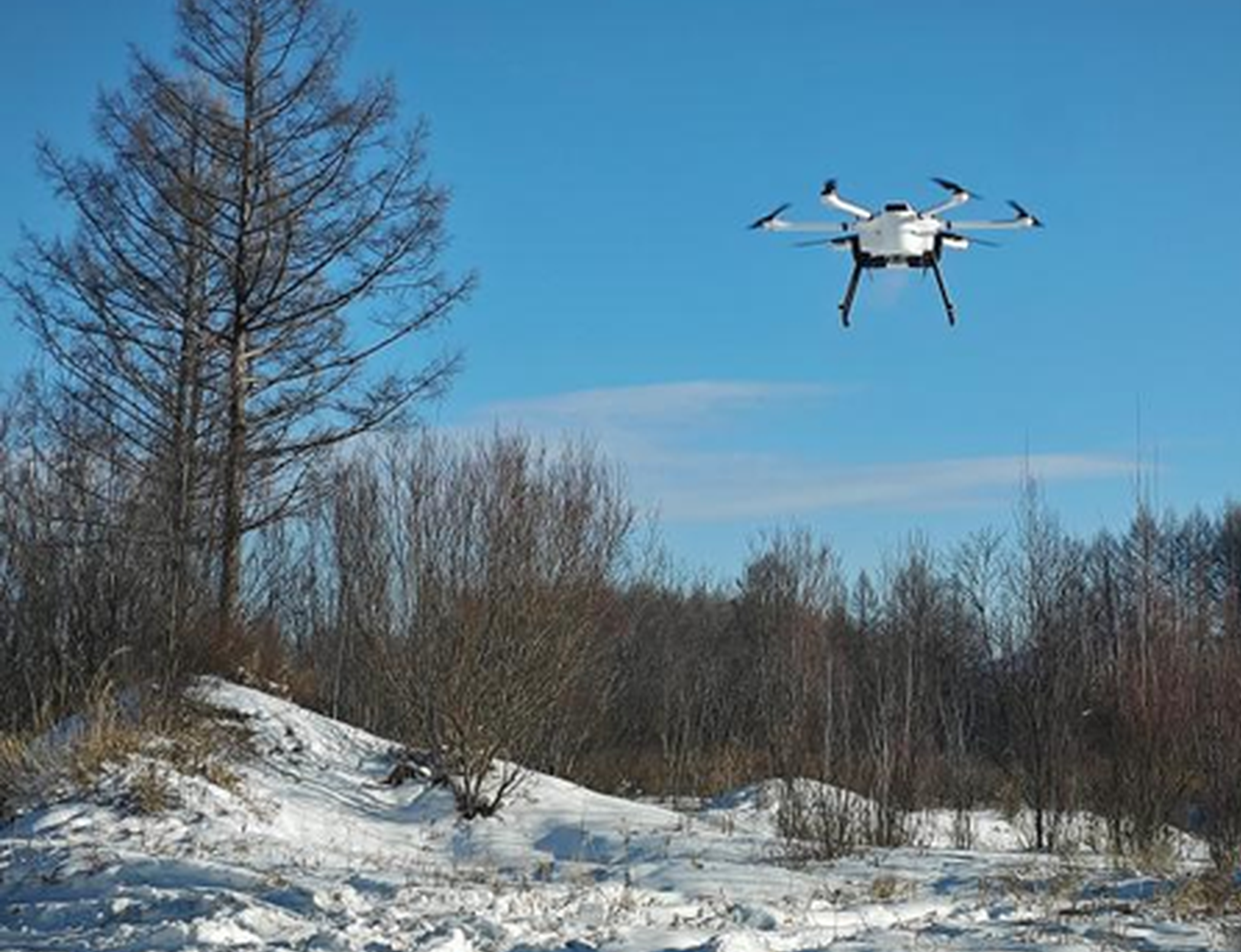World's first 100-km hydrogen-powered multi-rotor drone makes maiden flight in Hangzhou
(ECNS) -- The world's first 100-kilometer hydrogen-powered multi-rotor drone “Tianmushan No. 1” conducted its maiden flight on Monday in Hangzhou, east China's Zhejiang Province.

The drone adopts a self-developed hydrogen fuel cell power system. It has an empty weight of 19 kilograms, a maximum load weight of six kilograms, and maximum flight time of four hours.
According to Xu Weiqiang, chief designer of “Tianmushan No. 1,” the drone is equipped with one-button autonomous take-off and landing, and 100-kilometer beyond visual range continuous operation capabilities.
Compared with traditional industry-specific drones, the new drone enjoys broad market application prospects, especially in terms of continuous long-distance operation in the extremely cold weather of north China.
It has gone through several tests so far. In January this year, it completed flight tests in extreme cold conditions around Genhe City, north China's Inner Mongolia Autonomous Region, becoming the first multi-rotor drone flying more than 100 minutes in an environment of minus 40 degrees Celsius.
In March, the drone carried out a demonstration operation of natural gas pipeline leak inspection in northern Shaanxi. It operated continuously for 50 kilometers, a breakthrough application achievement in the industry.
On Aug. 22, it had completed continuous flight tests in a high-altitude low-oxygen environment at an altitude of more than 4,500 meters in the city of Nyingchi, southwest China's Xizang Autonomous Region.

Currently, it conducts demonstration operations in multiple scenarios including oil-gas exploration, overhead powerline inspection, emergency rescue, forest protection and hydrological monitoring.
“Tianmushan No. 1” was developed by the “High-Performance Airborne Hydrogen Power System Development and Application” team of Tianmushan Laboratory. It is characterized by its ultra-long flight endurance, adaptability to ultra-low temperature environments and zero-carbon environmental protection.

